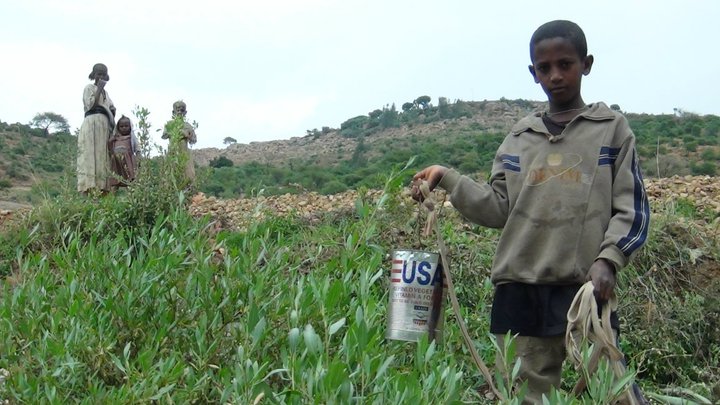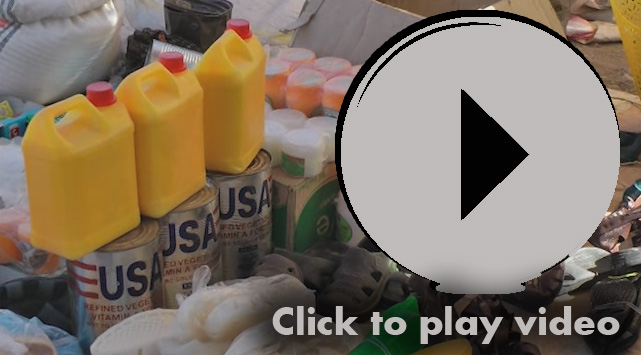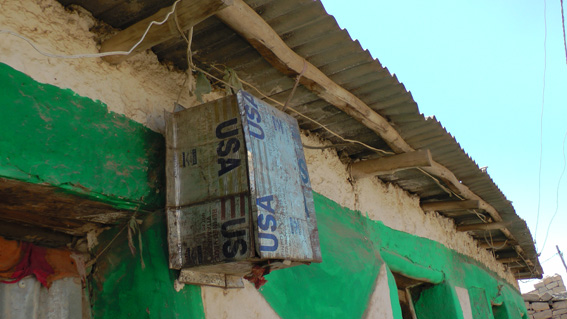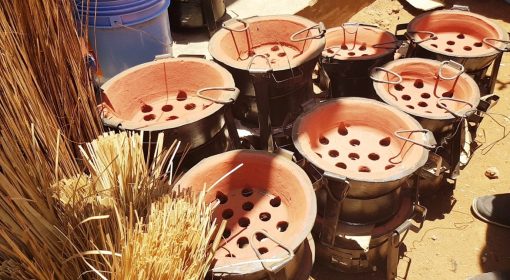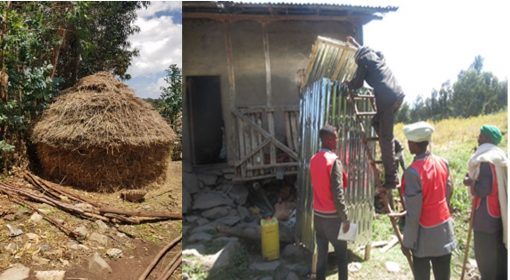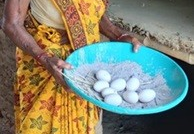posted by Abraham Abhishek
June 20, 2012
Food aid is crucial for countries still working their way up the poverty ladder, especially during humanitarian crises. However, if not managed properly, it could hamper the development of the local agricultural economy, especially if it is not well integrated with broader national, regional and global markets.
The World Food Program’s recent ‘Purchase for Progress’ program is an attempt to strike a balance. It goes for local procurement of food aid cereals in order to boost local production. The program also offers farmers logistics of the food aid marketing system, and invests in capacity-building in areas such as post-harvest handling or storage. This, it is envisioned, will boost food security in the long term.
On a related note, the relationship between food aid and beneficiaries can assume many interesting, visual forms. We are all too familiar with the image of the forlorn famine-victim, carrying sacks of food grains/ cans of vegetable oil given out by aid-agencies. It continues to appear across media and minds as a visual representation of ‘aid-dependence.’ Less discussed—but equally common — are sights of a variety of products, fashioned out of cans that much of the food aid comes in.
Made of aluminum/ tin-plated steel, these cans are easy to cut, flatten and fold (as can be seen in this video from Ethiopia). They are used in producing a wide range of consumer goods and appliances: buckets, watering cans, doors, windows, roofs, stoves, mousetraps…. there is much creativity involved!
Some would be tempted to draw profound conclusions about how this symbolizes aid-dependence/ destitution… and perhaps rightly so. Others could look at this as a fascinating example of human ingenuity, or at least a case of salvaging small positives from big tragedies.
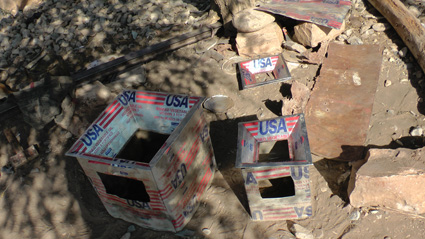
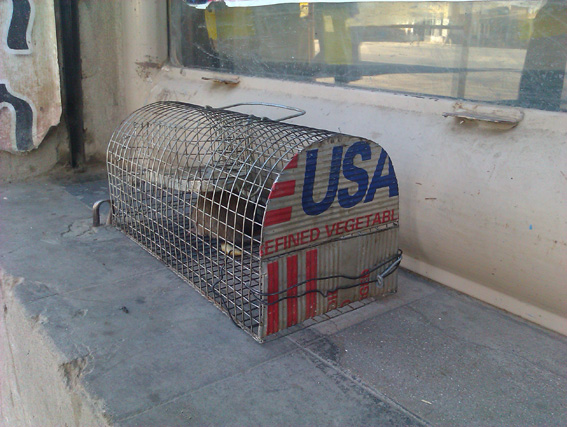

Stove Mousetrap Door
Watering can Cover for electrical connections
If you have some pictures of your own, of such ‘by-products’ of food aid, please send them in. We would love to publish them here.
{jcomments on}
